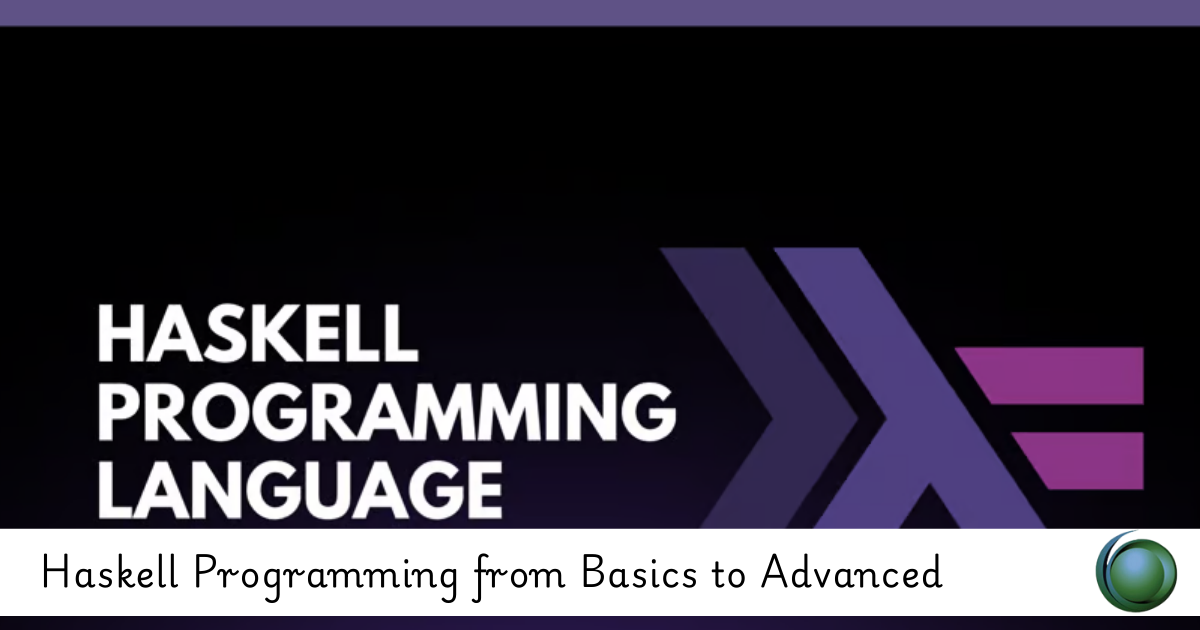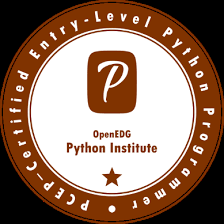Introduction to Haskell
Haskell is a statically typed, purely functional programming language designed for high reliability and maintainability. It emphasizes immutability, higher-order functions, and a strong type system that allows for expressive code. With its lazy evaluation strategy, Haskell enables developers to write concise programs that can handle complex data structures efficiently. It is widely used in academia and industry for tasks ranging from algorithmic research to web development.
Prerequisites for Haskell
- Basic Programming Knowledge: Familiarity with programming concepts such as variables, loops, and functions.
- Understanding of Functional Programming: Grasp of functional programming principles, including first-class functions and recursion.
- Mathematical Foundations: Basic understanding of mathematical concepts, as functional programming often involves mathematical reasoning.
- Familiarity with Type Systems: Awareness of types and type systems will help in understanding Haskell’s strong static typing.
- Development Environment Setup: Knowledge of installing Haskell compilers (e.g., GHC) and tools (e.g., Cabal, Stack) for managing Haskell projects.
Get Programming with Haskell introduces you to the Haskell language without drowning you in academic jargon and heavy functional programming theory.
About the technology:
Programming languages often differ only around the edges—a few keywords, libraries, or platform choices. Haskell gives you an entirely new point of view. To the software pioneer Alan Kay a change in perspective can be worth 80 IQ points, and Haskellers agree on the dramatic benefits of thinking the Haskell way—thinking functionally, with type safety, mathematical certainty, and more: Thinking in Haskell, Functional programming basics, Programming in types, Real-world applications for Haskell
TABLE OF CONTENT
- Foundations of Functional Programming
1.1 Getting Started with Haskell
1.2 Functions and Functional Programming
1.3 Lambda Functions and Lexical Scope
1.4 First-Class Functions
1.5 Closures and Partial Application
1.6 Lists
1.7 Rules for Recursion and Pattern Matching
1.8 Writing Recursive Functions
1.9 Higher-Order Functions
1.10 Capstone: Functional Object-Oriented Programming with Robots!
- Introducing Types
2.1 Type Basics
2.2 Creating Your Own Types
2.3 Type Classes
2.4 Using Type Classes
2.5 Capstone: Secret Messages!
- Programming in Types
3.1 Creating Types with and and or
3.2 Design by Composition: Semigroups and Monoids
3.3 Parameterized Types
3.4 The Maybe Type: Dealing with Missing Values
3.5 Capstone: Time Series
- IO in Haskell
4.1 Hello World! Introducing IO Types
4.2 Interacting with the Command Line and Lazy I/O
4.3 Working with Text and Unicode
4.4 Working with Files
4.5 Working with Binary Data
4.6 Capstone: Processing Binary Files and Book Data
- Working with Type in a Context
5.1 The Functor Type Class
5.2 A Peek at the Applicative Type Class: Using Functions in a Context
5.3 Lists as a Context: A Deeper Look at the Applicative Type Class
5.4 Introducing the Monad Type Class
5.5 Making Monads Easier with Do-Notation
5.6 The List Monad and List Comprehensions
5.7 Capstone: SQL-like Queries in Haskell(Ref: Advanced SQL Techniques with Python on Databricks)
- Organizing Code and Building Projects
6.1 Organizing Haskell Code with Modules
6.2 Building Projects with Stack
6.3 Property Testing with QuickCheck
6.4 Capstone: Building a Prime-Number Library
- Practical Haskell
7.1 Errors in Haskell and the Either Type
7.2 Making HTTP Requests in Haskell
7.3 Working with JSON Data Using Aeson
7.4 Using Databases in Haskell
7.5 Efficient, Stateful Arrays in Haskell
Conclusion
Haskell is a powerful language that combines functional programming principles with a robust type system, making it well-suited for developing complex, high-reliability applications. Its emphasis on immutability and lazy evaluation allows for concise and efficient code. With the right prerequisites, developers can harness Haskell’s capabilities to create innovative solutions in various domains, from research to production systems.
Reference |







Reviews
There are no reviews yet.